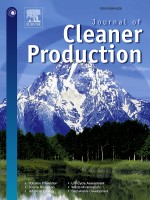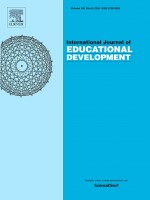Felix Pretis, Lea Schneider, Jason E. Smerdon, David F. Hendry First published: 20 April 2016 DOI: 10.1111/joes.12148
View Journal Article / Working PaperThe authors present a methodology for detecting breaks at any point in time-series regression models using an indicator saturation approach, applied here to modelling climate change. Building on recent developments in econometric model selection for more variables than observations, they saturate a regression model with a full set of designed break functions. By selecting over these break functions using an extended general-to-specific algorithm, they obtain unbiased estimates of the break date and magnitude. Monte Carlo simulations confirm the approximate properties of the approach. The authors assess the methodology by detecting volcanic eruptions in a time series of Northern Hemisphere mean temperature spanning roughly 1200 years, derived from a fully coupled global climate model simulation. Their technique demonstrates that historic volcanic eruptions can be statistically detected without prior knowledge of their occurrence or magnitude- and hence may prove useful for estimating the past impact of volcanic events using proxy reconstructions of hemispheric or global mean temperature, leading to an improved understanding of the effect of stratospheric aerosols on temperatures. The break detection procedure can be applied to evaluate policy impacts as well as act as a robust forecasting device.




